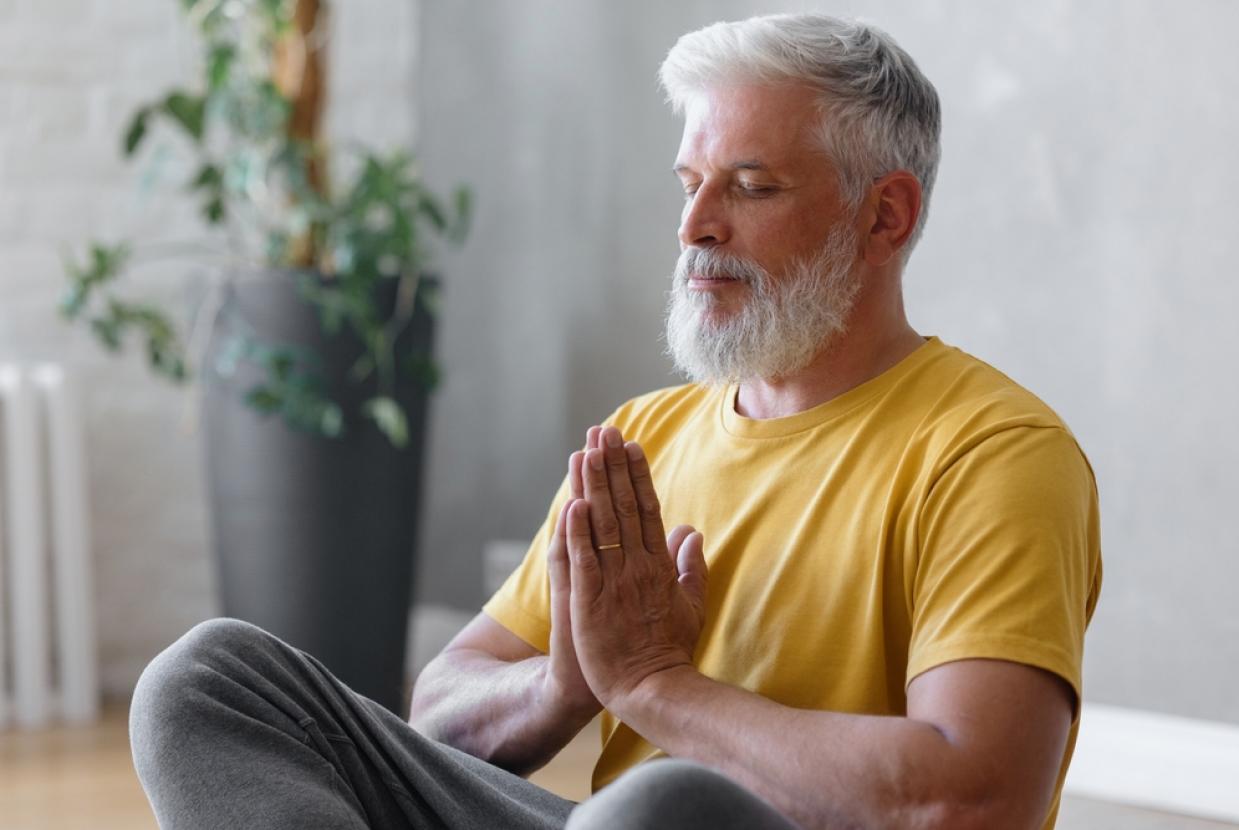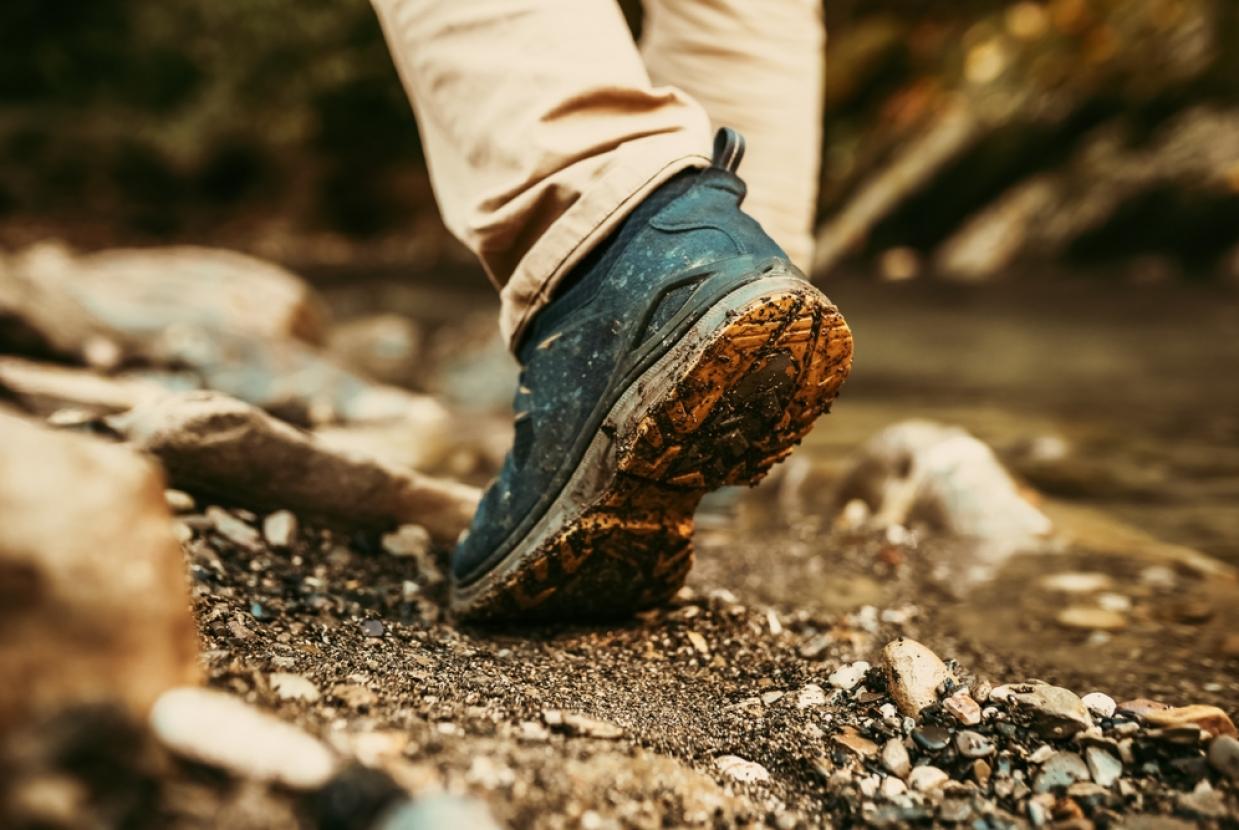How Your Lungs Work
You have two lungs, one right and one left; these sit inside the chest wall on either side of the heart. They are protected by the rib cage. The right lung is bigger than the left, which has to accommodate the heart.
What do they look like?
The left lung is made up of 2 lobes, and the right lung 3 lobes. They are a mass of fine tubes (called airways) which become progressively smaller the further down the lung they sit. The larger ones are called bronchi, the smaller ones bronchioles. The smallest of these at the bottom of each lung end in tiny air sacs called alveoli; there are millions of these alveoli and if you were to spread them out flat they would cover an area the size of a tennis court!
There are 2 thin layers of tissue (the pleura) lining each lung – these allow the lungs to expand and contract smoothly as we breathe in and out. Inside the bronchi are fine hairs (cilia) and mucus that help keep airways clean, well lubricated and protected from dust and other irritants.
Why do we need lungs?
Our lungs supply our muscles, joints and other vital organs with the oxygen needed to allow us to move, think, speak and carry out our normal activities of daily living. The bloodstream transports the oxygen to all our vital organs.
How does this happen?
When you breathe in, air is sucked into the lungs via your nose and/or mouth. Breathing in through the nose allows air to be filtered and warmed, removing dust particles etc. and ensuring the air which reaches the lungs is not too cold. Air then passes into the trachea (windpipe), before dividing into either lung and continues to travel down until it reaches the alveoli. Once inside the alveoli, oxygen moves into the bloodstream where it is picked up by haemoglobin in the red blood cells to be carried around the body.
Once the oxygen has been used up, the blood is pumped to the lungs so that waste products such as carbon dioxide can be transported back into the alveoli and breathed out; more oxygen is then inhaled.
What makes us breathe?
Breathing is controlled by the brain – it is continually receiving signals from the body as to how much oxygen we require. If you are running for a bus your muscles will need more oxygen and so you will breathe faster in order to get enough oxygen into the body. Your heart rate also increases so that the heart can pump oxygenated blood more quickly to muscles, joints etc. This is why it is perfectly normal to be breathless when you exercise.
How does oxygen get sucked into the lungs?
When the brain knows how much oxygen is needed, it sends messages through the nerve supply to the muscles which work to allow breathing to take place. These are, the diaphragm (the main breathing muscle), the intercostal muscles (which assist the diaphragm), and the accessory muscles.
The diaphragm is a thick double dome-shaped muscle which separates the lungs from the abdominal cavity. When the nerves to the breathing muscles give the order to breathe in, the diaphragm contracts – as it shortens it flattens and moves down towards the abdominal contents.
As it moves downwards, this causes air to be sucked into the lungs allowing them to expand. At the same time the intercostal muscles also contract and shorten, pulling the rib cage up and out. Breathing out is a more passive action than breathing in. The diaphragm and intercostals relax, allowing them to return to their normal resting size.
This amazing and complex breathing system can be damaged e.g. by smoking, air pollution, occupational dust etc. When this happens, the lungs are unable to function normally causing breathlessness and/or sputum production.



































